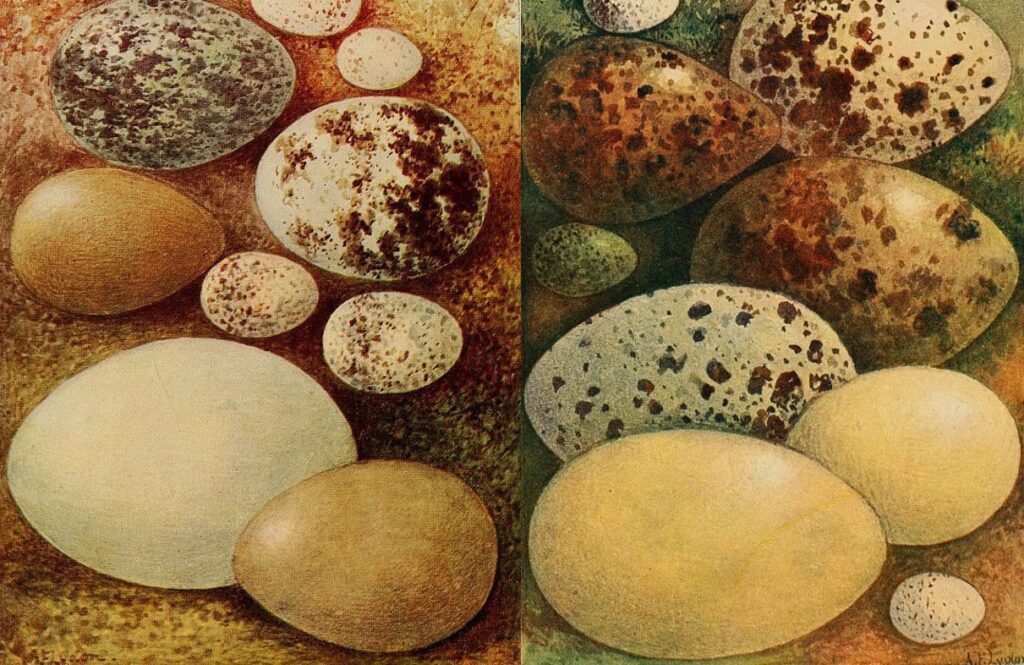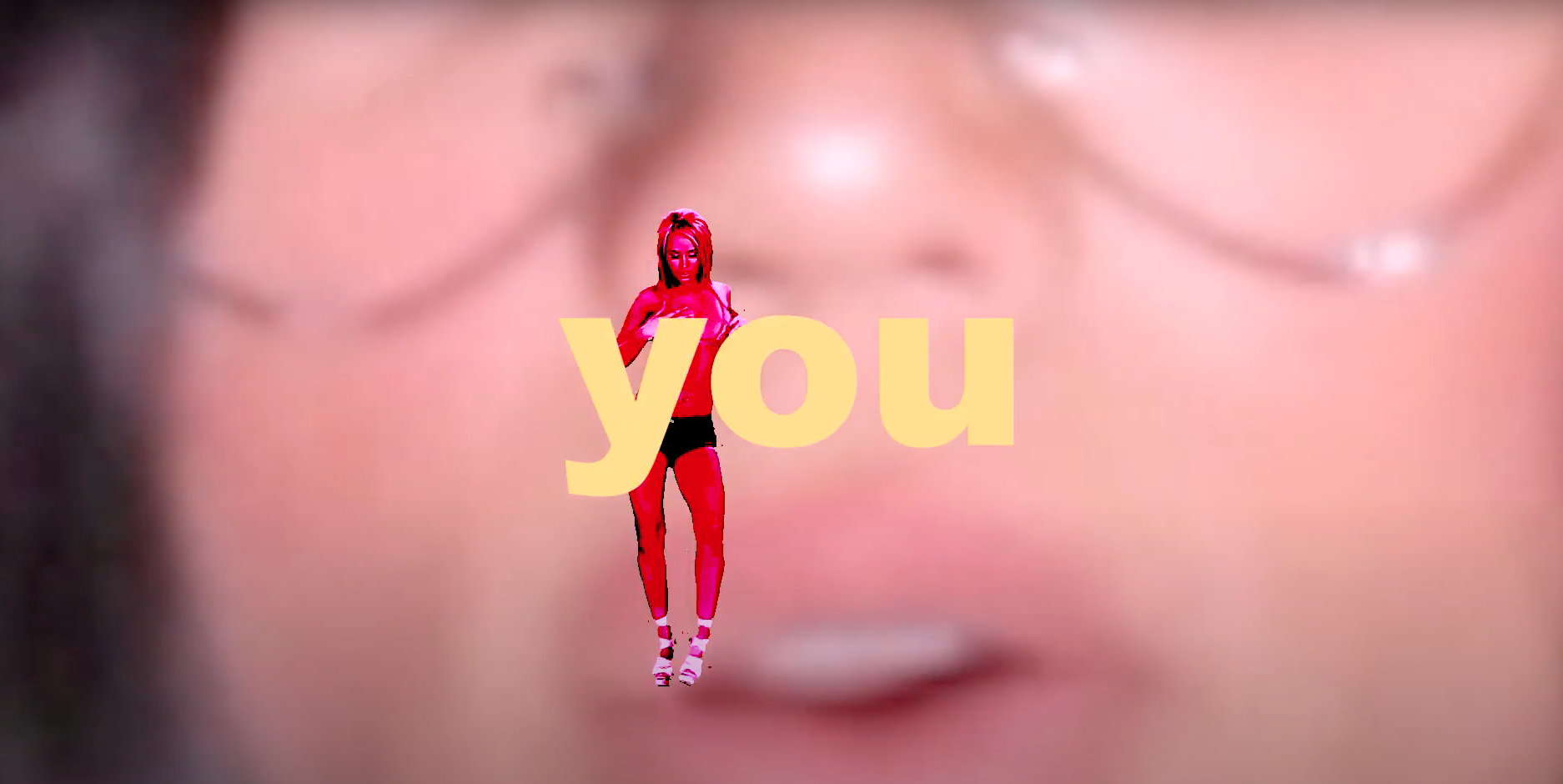I’ve been learning lessons from literature for as long as I’ve been able to read. Actually, come to think of it, I’ve been learning lessons from literature for longer than that – my parents used to read me bedtime stories, and I always fell asleep to fairytale audiobooks. You know, the ones that came on cassette tape? The dark ages, if you will. Those lessons have stuck: for one thing, if your prospective mother-in-law tries to make you climb a gazillion mattresses to prove that you’re good enough for her son, just assume she’ll be insufferable all her life and move on.
Anyway.
Once I did learn how to read, the world of sources to learn from expanded. This wasn’t always a good thing, mind you. I read a lot of classic children’s books that were rife with problematic content. I was a child who thought that books were all but sacred, so it meant a lot of unlearning as I grew older and learned to think for myself. It also meant that I tried to do a lot of weird things – weird, at least, for a person whose age was in the single digits. I wrote a will (in a notebook, with a number 2 pencil) at the age of 8 because Amy March did so in Little Women. Needless to say, my mother started monitoring my reading more closely after that. Who knew what else I’d try to emulate.
Some of my most memorable life lessons, however, I’ve found in the Brontë sisters’ books, Anne Brontë’s in particular. I’ve written previously about why I love her so, and I still stand by it. Sadly, Anne, like her siblings, died young, with only a couple of completed works. What these novels lack in quantity, though, they make up for in quality. Both Agnes Grey and The Tenant of Wildfell Hall are incredible books that I reread regularly, and I’ve learned a lot from them. Shall we go over some of these life lessons from Anne Brontë?
Lesson #1: You Can’t Change People
In The Tenant of Wildfell Hall, Helen, the protagonist, falls in love with a man whose values don’t match hers. However, Helen is convinced that she can change him. It’s a common misconception, of course, especially considering that Helen is a sheltered 18-year-old girl, and Arthur Huntingdon, the man in question, is almost a decade older. Helen learns this lesson at horrifying speed when she finds herself trapped in an abusive marriage with no legal recourse.
Copyright
© Book Riot








